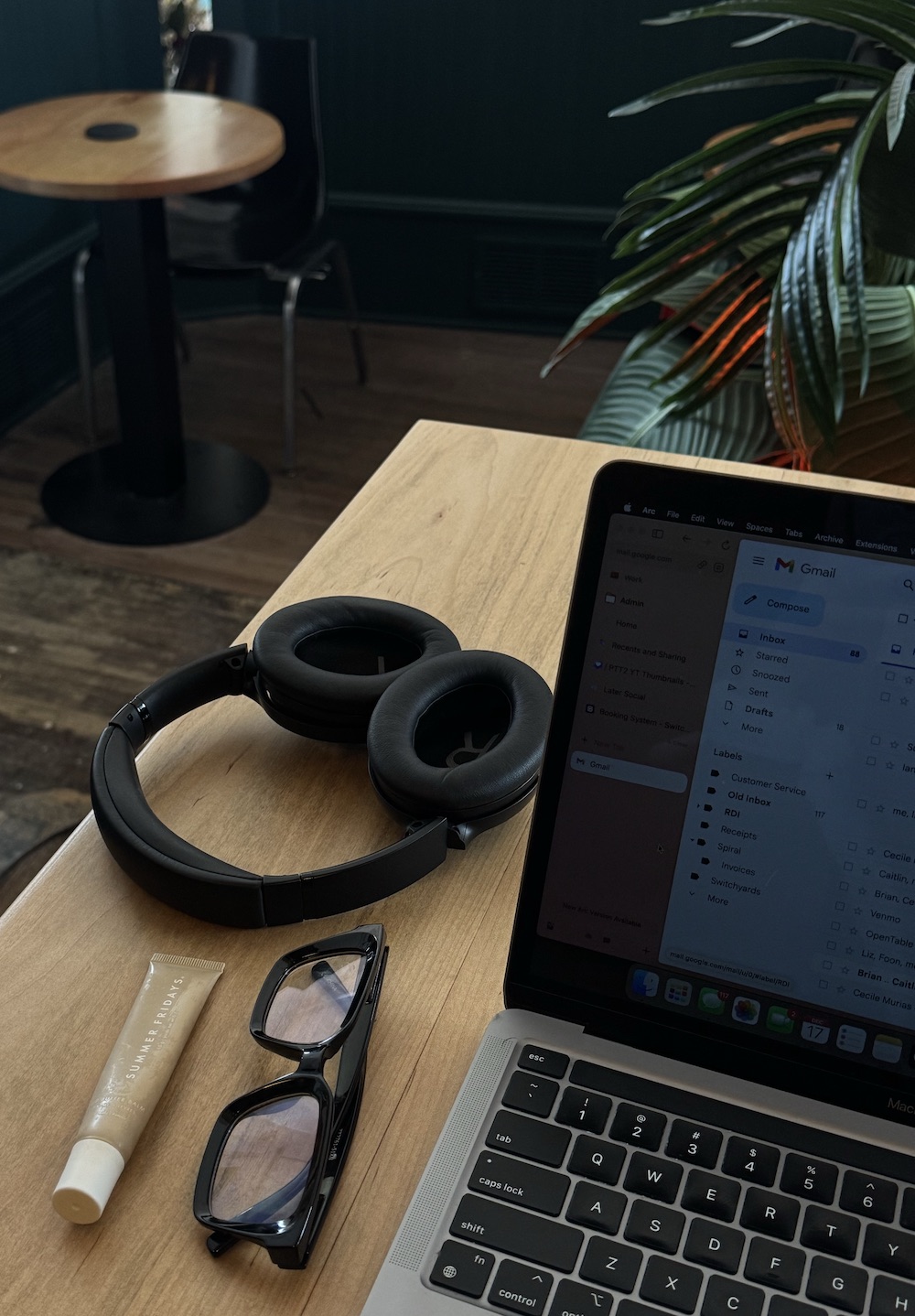I get it. Pinterest probably isn’t the first place you think of when it comes to marketing your business. It doesn’t have the same real-time engagement as Instagram, the networking potential of LinkedIn, or the viral nature of TikTok.
But that’s exactly why it’s such an untapped opportunity.
While other platforms demand daily posting, constant engagement, and a never-ending chase for visibility, Pinterest does the exact opposite. It quietly builds momentum, sending traffic to your website for months—sometimes years—after you post.
If you’ve ever wished your content had a longer shelf life or that your marketing worked even when you weren’t, Pinterest is the missing piece. But before we get into how to use it, let’s address the most important question: Is Pinterest actually right for your business?
How Pinterest Works (And Why It’s So Powerful)
Pinterest isn’t a social media platform—it’s a search engine with a visual twist.
Unlike Instagram or Facebook, where posts disappear into the void after a few hours, Pinterest pins gain traction over time. The more people engage with your content, the more Pinterest pushes it out to others.
Here’s what makes Pinterest different:
Longevity of content
A single well-optimized pin can drive ongoing web traffic for months or even years. Compare that to Instagram, where posts vanish in 48 hours.
Search-driven traffic
People go to Pinterest actively looking for solutions, making them more likely to convert than casual scrollers on other platforms.
High buyer intent
Pinterest users aren’t just browsing—they’re researching, planning, and often ready to buy. Need proof? A remarkable 85% of weekly Pinners have made a purchase based on a Pin they saw from a brand.
If that’s not enough to convince you, on average, Pinners spend 80% more per month compared to users on other platforms, with a 40% larger basket size.
The most positive platform
Pinterest fosters a positive environment, with 78% of users reporting that content from brands on the platform is helpful. This is especially crucial right now when social media users are trying to find platforms with values they believe in.
For businesses, this means one thing: Pinterest is the closest thing to passive marketing you’ll find.

Who Should (and Shouldn’t) Be Using Pinterest?
Pinterest is a visual search engine, meaning it works best for businesses that benefit from a discovery-based marketing approach. Users go to Pinterest to plan, research, and find solutions, so if your business aligns with that kind of search behavior, you’re in a great position to win.
Businesses that thrive on Pinterest
Product-based businesses
If you sell physical or digital products, Pinterest can drive steady traffic to your shop. Popular categories include home decor, fashion, beauty, wellness, and stationery, but niche products do well too.
Bloggers and content creators
Pinterest is a powerhouse for driving traffic to blogs, podcasts, and YouTube channels. If you create educational or inspirational content, Pinterest can put it in front of the right audience.
Service-based businesses with an online presence
Coaches, designers, wedding professionals, and online educators all benefit from Pinterest’s long-term visibility. If you offer services that people research in advance—like branding, social media strategy, or interior design—Pinterest can send high-intent leads to your website.
Businesses with evergreen content
You can definitely get traction on Pinterest with following trends, but you’ll see best results with content that has longevity. If your content stays relevant over time, Pinterest will work for you.
Businesses that may not see as good of results
Local-only businesses
If your business relies 100% on local foot traffic with no online component, Pinterest may not be worth your effort. There are exceptions—wedding vendors, event planners, and home service providers can still benefit but for a local coffee shop or gym, it’s not the best fit.
Businesses without a website or content strategy
Pinterest is designed to drive traffic. If you don’t have a website, blog, or sales funnel in place, you won’t be able to capitalize on that traffic.
Businesses that need immediate results
Pinterest is a long-term game. If you need leads or sales tomorrow, paid ads or social media might be a better short-term strategy.

How to Leverage Pinterest for Your Business
If you’re ready to make Pinterest work for you, here’s what you need to focus on:
1. Optimize Your Profile for Search
Pinterest operates like Google, so keywords matter.
Your profile name, bio, and board descriptions should include the words your ideal customers are searching for.
Instead of a vague profile name like “Casey Jones Design,” go for something search-friendly like “Brand & Web Design for Coaches | Casey Jones Design.”
2. Create Click-Worthy Pins
Your pin graphics are the first thing people see, so they need to be clear, engaging, and actionable.
Pins with easy-to-read text overlays, strong headlines, and high-quality visuals perform best.
If you’re promoting a blog post, product, or service, make sure your pin clearly communicates why someone should click.
3. Use a Content Strategy That Matches Search Behavior
Pinterest isn’t the place for random posts, it’s about solving problems and inspiring action. Focus on content that aligns with what your audience is searching for. Popular formats include:
- How-to guides (e.g., “How to Plan a Stress-Free Wedding in 6 Months”)
- Listicles (e.g., “10 Must-Have Productivity Tools for Creative Business Owners”)
- Step-by-step tutorials (e.g., “The Beginner’s Guide to SEO for Travel Bloggers”)
- Product roundups (e.g., “The Best Planners for 2025”)
4. Pin Consistently (But Work Smarter, Not Harder)
You don’t need to be on Pinterest every day, but consistency is key. Aim to pin 2-5 times per day. You can use scheduling tools like Tailwind to batch and automate your pins, so you’re not stuck manually posting.
5. Focus on Long-Term Growth
Pinterest isn’t a quick-win platform, but the payoff is worth it.
Typically, it takes three to six months to start seeing real traction. If you commit to a strategic approach, you’ll eventually reach a point where Pinterest drives steady, recurring traffic to your business, without you having to constantly create new content.
The Bottom Line: Is Pinterest Worth It?
If your business aligns with what works on Pinterest, meaning you have an online presence, a content strategy, and the patience to let your marketing snowball, then yes, Pinterest is absolutely worth your time.
Unlike social media, where growth requires constant engagement, Pinterest allows your content to work in the background, building momentum and driving traffic long after you’ve hit publish.
So, if you’re tired of the Instagram grind and looking for a smarter way to market your business, Pinterest might be your best-kept secret. Are you ready to make it a part of your marketing strategy? Let’s work together!








Comments +